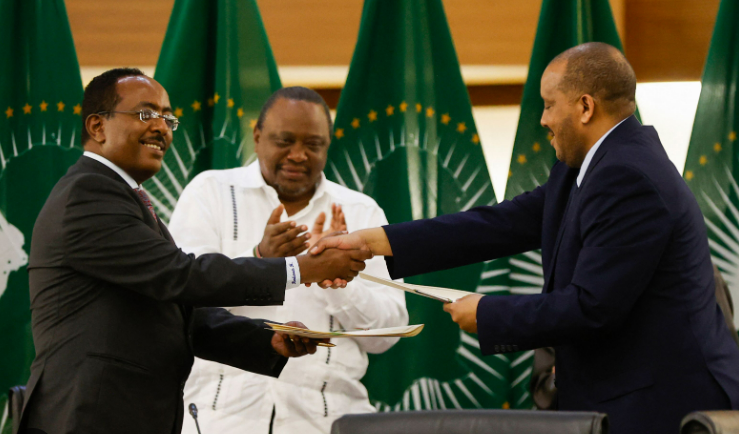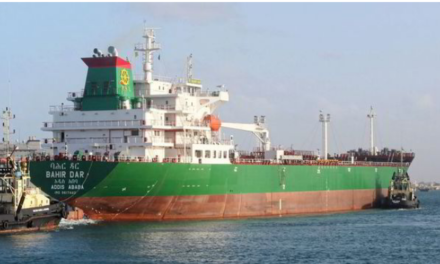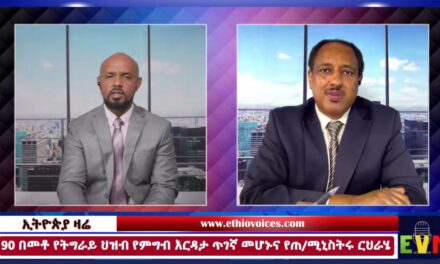By B Tesfaye
The Tigray People’s Liberation Front (TPLF) has a complex and tumultuous history in Ethiopia, serving as both an insurgent group and a dominant political force. Founded in 1975 during Ethiopia’s military dictatorship, the TPLF emerged as a leftist revolutionary movement with a mix of ethnic nationalism and Stalinism as its ideology. Its primary goal was to challenge the oppressive rule of the Derg regime and advocate for Tigray’s secession.
After 17 years of armed struggle, the TPLF became part of the Ethiopian People’s Revolutionary Democratic Front (EPRDF), a strategic move by the minority ethnic rebel group. The EPRDF eventually overthrew the Mengistu regime, catapulting the TPLF to power. Over the next 27 years, the TPLF held a tight grip on Ethiopian politics within the EPRDF coalition, with Meles Zenawi as its leader.
However, the TPLF’s rule was characterized by brutality, oppression, and gross human rights abuses. While presenting itself as a champion of regional autonomy and ethnic rights, the regime proved increasingly authoritarian, suppressing dissent and restricting freedoms of speech and the press.
The TPLF’s controversial policies, including facilitating Eritrea’s breakaway without securing Ethiopia’s access to the sea, led to public discontent and protests. In 2018, Abiy Ahmed’s ascent to power promised political reforms and national reconciliation, signaling an end to the TPLF’s dominance. Nevertheless, tensions between the federal government and the TPLF remained high.
In 2020, the situation escalated when the TPLF conducted regional elections in Tigray despite the federal government’s decision to postpone all elections due to the COVID-19 pandemic. The move led to a full-scale military confrontation, resulting in the devastating Tigray conflict. Thousands lost their lives, and both sides faced allegations of war crimes, including mass rape and killings.
The conflict extended beyond Tigray, affecting neighboring regions of Afar and Amhara, exacerbating an already complex political landscape. The TPLF’s militant and violent ethnonationalism policy posed a significant threat to peace and security in Ethiopia.
Though a Pretoria Peace Agreement brought some semblance of peace, concerns remain about the TPLF’s commitment to the prevailing order. However, a new danger is emerging as Abiy’s Oromo Prosperity Party has abandoned its advantage over the TPLF and started rapprochement and coalescing against Amharas. It now appears that the Pretoria agreement is no longer in force as the old EPRDF conspiracy is being asserted.
Ethiopia faces immense challenges in achieving peace, unity, and democratic governance. The TPLF’s journey from an insurgent movement to a dominant political force and the ensuing conflict in Tigray where it lost the plot and now regained some leverages underscore the complexities of Ethiopia’s political landscape. As the nation strives for stability, the role and actions of the TPLF will continue to be closely watched both within Ethiopia and beyond its borders.
Taming the TPLF is of utmost importance due to its long history of violence, conflict, and disregard for human rights. The TPLF’s past as an insurgent group and its subsequent domination of Ethiopian politics have left deep scars on the nation’s social fabric and governance. The cycle of brutality and oppression perpetuated by the TPLF during its rule has resulted in deep-seated grievances among different ethnic and regional groups in Ethiopia. These grievances can fuel further tensions and conflicts, hindering the country’s progress toward peace and stability.
TPLF’s history of violence and ethnonationalism poses a threat not only to Ethiopia’s internal stability but also to regional security. The Tigray conflict, which has spilled over into neighboring regions, highlights the potential for the TPLF to destabilize the entire Horn of Africa region. The group’s actions have caused a humanitarian crisis and displaced thousands of people, further straining the already vulnerable region. As Ethiopia seeks to strengthen regional cooperation and economic integration, taming the TPLF’s influence becomes crucial to promote lasting peace and development.
The terrorist group is the most dangerous and consistently unpredictable. Taming the TPLF and other extremist groups requires a comprehensive approach. Only through a collective and concerted effort can Ethiopia pave the way for a more stable, peaceful, and prosperous future for its citizens and the entire region. Nonetheless, who will and how TPLF is to be tamed, given the emerging machinations, is a million-dollar question.







